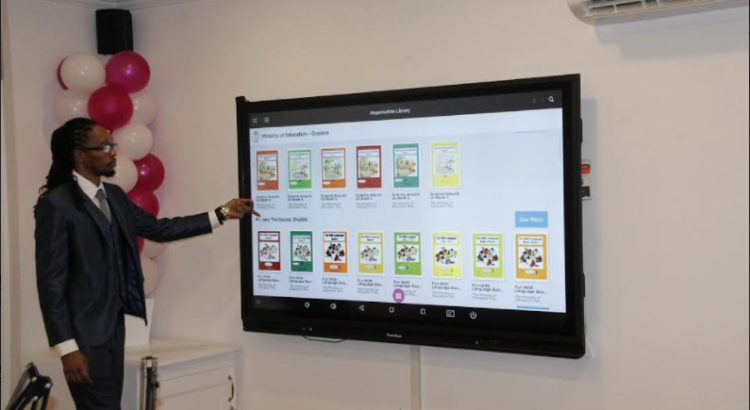Por Pallavi Singhal
When their school got 3D printers a few years ago, Brenden Davidson’s year 10 technology class was finally able to rotate and fully explore their designs.
Then in 2016, the technology leader of learning at St Mary’s Cathedral College started bringing augmented and virtual reality into the classroom.
«It’s an easier way to do it, we’d finish the design work and put it in augmented reality so they could view their work,» Mr Davidson said.
Now, he’s going even further with the technology.
«When I first started, I was just using it as a tool to display their work. Now I’m trying to use it as a content creation tool,» Mr Davidson said.
«With virtual reality, you’ve got sensors in your hand and you’re using your whole body to design something and it’s in real scale in front of you. Traditionally you’d have a keyboard and a mouse, which is not an overly natural way to construct something.»
Mr Davidson won the Premier’s Teachers Mutual Bank New and Emerging Technologies Scholarship last year and recently completed a study tour of England, Sweden and America to look at how augmented and virtual reality are being used in education around the world.
«What I learnt on the tour was that AR and VR can be successful at many levels and it’s very easy to jump into it at the free level,» Mr Davidson said.
«If students are using their smartphone, they’re bringing the technology with them and they can just use augmented reality at no cost. With virtual reality, you can get headsets for a couple of dollars.»
Mr Davidson said the technology is useful across all subjects, with companies now beginning to augment textbooks.
«It can help students digest complex concepts at a higher rate, we look at things in a 3D perspective so it’s more natural and easier to understand than 2D things.
«And there’s a high degree of motivation, students are quite excited by it because some of them are having that experience with games but it’s something they’ve never done in the classroom.»
The dive into educational uses for technology by schools and businesses comes amid warnings that smartphones and other devices may be affecting students’ focus in the classroom, as well as their level of physical activity and quality of sleep.
Finnish education expert Pasi Sahlberg recently said smartphones should be banned, at least at the primary school level, which was supported by NSW Education Minister Rob Stokes.
Mr Davidson will speak to Australian teachers about the potential uses of the technology at conferences this year and will also write a report on the subject that will be published by the NSW Premier’s Department.
«There’s a level of awareness [about augmented and virtual reality], but when I demonstrate it at different places teachers can see the benefit of it,» he said.
«You can go on virtual excursions to anywhere in the world, students can get an immersive experience in Africa, the Great Barrier Reef.
«With the amount of money that’s being invested in this, it’s going to become a tool students can utilise in all their education.









 Users Today : 96
Users Today : 96 Total Users : 35460002
Total Users : 35460002 Views Today : 140
Views Today : 140 Total views : 3418605
Total views : 3418605